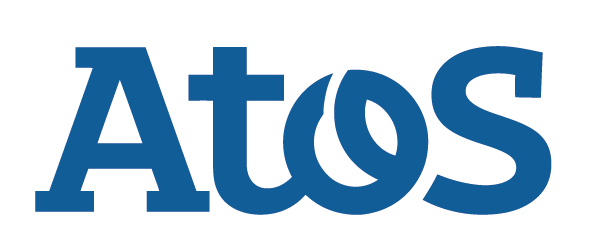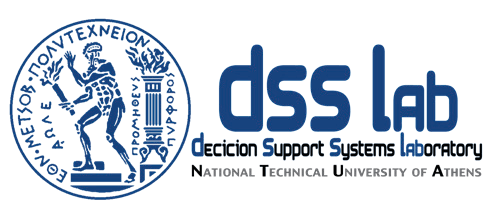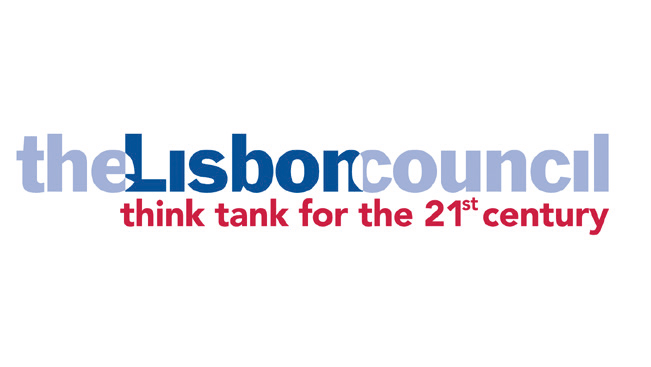Societal trends
Ambient Assisted Living
Ambient Assisted Living (AAL) can be seen as the smartification of everyday life. It consists of concepts, methods, electronic systems, products and services, which transparently assist people. Most of these systems are designed to help elderly and disabled persons mastering everyday life until old age and to support a self-determined living. Concrete examples for AAL systems are the monitoring of the state of health and automatic emergency calls. This holds the potential of increased quality of life and significant economic savings.
Nudging
Nudge or Nudging in governmental context can be seen as a concept of libertarian paternalism, which is about improving decision making. Nudging comes from the behavioural economics and the basic assumption is that people are not able to make the right decisions. Therefore, the behaviour of individuals should be influenced in a predictable way. Experts decide what is the best possible decision and try to steer the people into this direction. The people still have the option to choose an alternative, which makes this concept different to classical paternalism. [1]
Socio-Technical Systems
The pervasive use of information and communication technologies results in an increasing interdependency between social and technical systems. Socio-Technical Systems are an approach to complex organisational work design that recognises the Human-Machine-Interaction. Due to this interdependence, it is not possible to consider social systems and the technical systems independently of each other. This connection allows both subsystems to benefit from each other. [1][2]
Algorithmic Regulation
This trend deals with the use of algorithms in policy and decision making. First, there is the trend of algorithmic regulation. Algorithmic regulation means that regulatory decision making is delegated to algorithms. The algorithms give the instructions of what should be done to achieve a desired outcome. [1]
The trend of using algorithms in governance and an increasing reliance of public decision making on algorithms is sometimes also called algocracy. [2]
Hate Speech
Hate speech is commonly defined as any communication that attacks a person or a group because of its origin, colour, ethnicity, gender, sexual orientation, nationality, religion, or other characteristic. Due to the massive rise of user-generated web content, in particular on social media networks, the amount of hate speech is also steadily increasing. [1][2]
Technological Unemployment
Technological Unemployment is about the societal impacts of technologies. Danaher defines technological unemployment “as the replacement of human workers […] by technological alternatives (machines, computer programs, robots and so forth)”. Furthermore, he assumes that artificial intelligence and robots will take over the work of humans in future. This is one reason why technological developments often come with people´s fear of the consequences. Everything is automated to such an extent that human work is no longer needed. [1]
Smart Work
New technologies have great influence on work and work processes, as we know them today. For example, new technologies offer the possibility of mobile work, can optimise the work process and make it more economical. [1]




